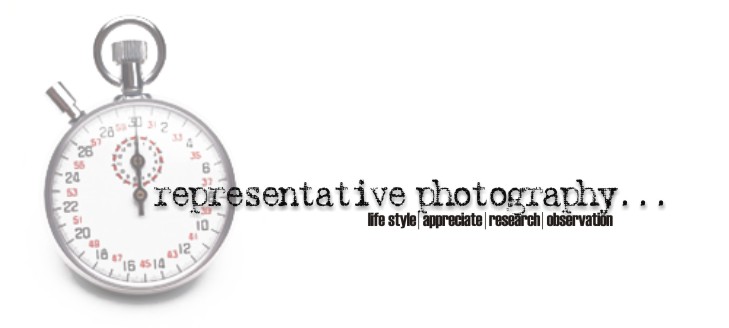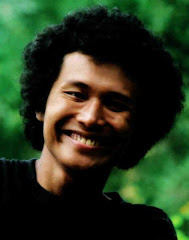
"If I could tell the story in words,
I wouldn't need to lug a camera."
-Lewis Hine
Walker Evans at work, ca. 1929.
The purpose of any type of documentary is to record and demonstrate what is important about any sort of event, people or place. The finished project should contain selected excerpts from the entire observational experience--the excerpts are (in the mind of the author) the most crucial aspects of his/her research or observations that best represent the whole. Example: You sit in class and take notes; you do not write down every word the lecturer says: you are writing your own documentary of the lecture. Think of any work (fiction or not) you have ever read; the contents of the work are used to demonstrate a concise purpose--a means to an end--without leading the reader astray with other "means" that may lead to an alternative "end".
The inherent problem with any type of documentary that you read is that it is transmitted to you via the author. Thus, how can one judge the "realness" of what you are observing, as compared to what the researcher observed. At some point, you must sacrifice your desire to know all the facts, and make a judgement on the truthfulness in the facts which you are given. Enter photography (still photography that is) as a research method, and it seems that your problems are solved; people believe that the camera does not lie. Have you not ever said the words: "I'll believe it when I see it," or "seeing is believing." However, as Susan Sontag, in "On Photography" explains:
The photographer was thought to be an acute but non interfering observer--a scribe, not a poet. But as people quickly discovered that nobody takes the same picture of the same thing, the supposition that cameras furnish an impersonal, objective image yielded to the fact that photographs are evidence not only of what's there but of what an individual sees, not just a record but an evaluation of the world.
As Alan Trachtenberg explains in "Reading American Photographs":
Photographs transcribe, not "reality", but the world as it was seen and recorded...in the picture we see the world from the angle of the camera's partial vision, from the position it had at the moment of the release of the shutter.
Although we recognize that the photographer is not a mere objective recorder, but a subjective evaluator, we still believe that the camera does not lie. So, the camera is capable of two capacities at the same time: it can objectify reality and subjectify it. In this dual function lies the value of using photography as a research method. The (if you will) photographer's ass is always covered. You may not agree with his/her (subjective)evaluation, but thanks to the objective nature of photographs you cannot deny its truthfulness; "photographic images do not seem to be statements about the world so much as pieces of it"(Sontag). In this sense, these pieces serve as pieces of evidence. Evidence, of course, is what every one is looking for.
Yet, it is necessary to remember, that although the photographer's evidence may be declared legitimate, it has already been selected by the photographer as such. That is, that the photographer has ultimate consent to edit his own images. There is no rule that says all photographs must be viewed with every other photograph taken in that same sequence. Any photographer hired for an assignment should be able to produce whatever it is that assignment requires. Example: "Document the abundance of people who sleep in the UVA libraries." Now, any one of us, with a point and shoot camera, could peruse the libraries at UVA and take pictures only of those people who are asleep. We know, however, that the percentage of students asleep is minute compared to those awake, but that is irrelevant to our assignment, and thus, we have chosen to leave any evidence supporting that out of our photographs. Secondly, even if, by mistake, we took a picture of someone who was wide awake, it does not matter-- just leave it out! This example should portray the extreme manipulability of using photographic images as a research method.
Only with this in mind can we proceed to evaluate what it was that the Farm Security Administration hired its photographers to do. And from there, we can begin to see how Walker Evans succeeded in producing the most objective images of all the FSA photographers, and in the process, re-defined the standards of using photography as a research method.


Tidak ada komentar:
Posting Komentar